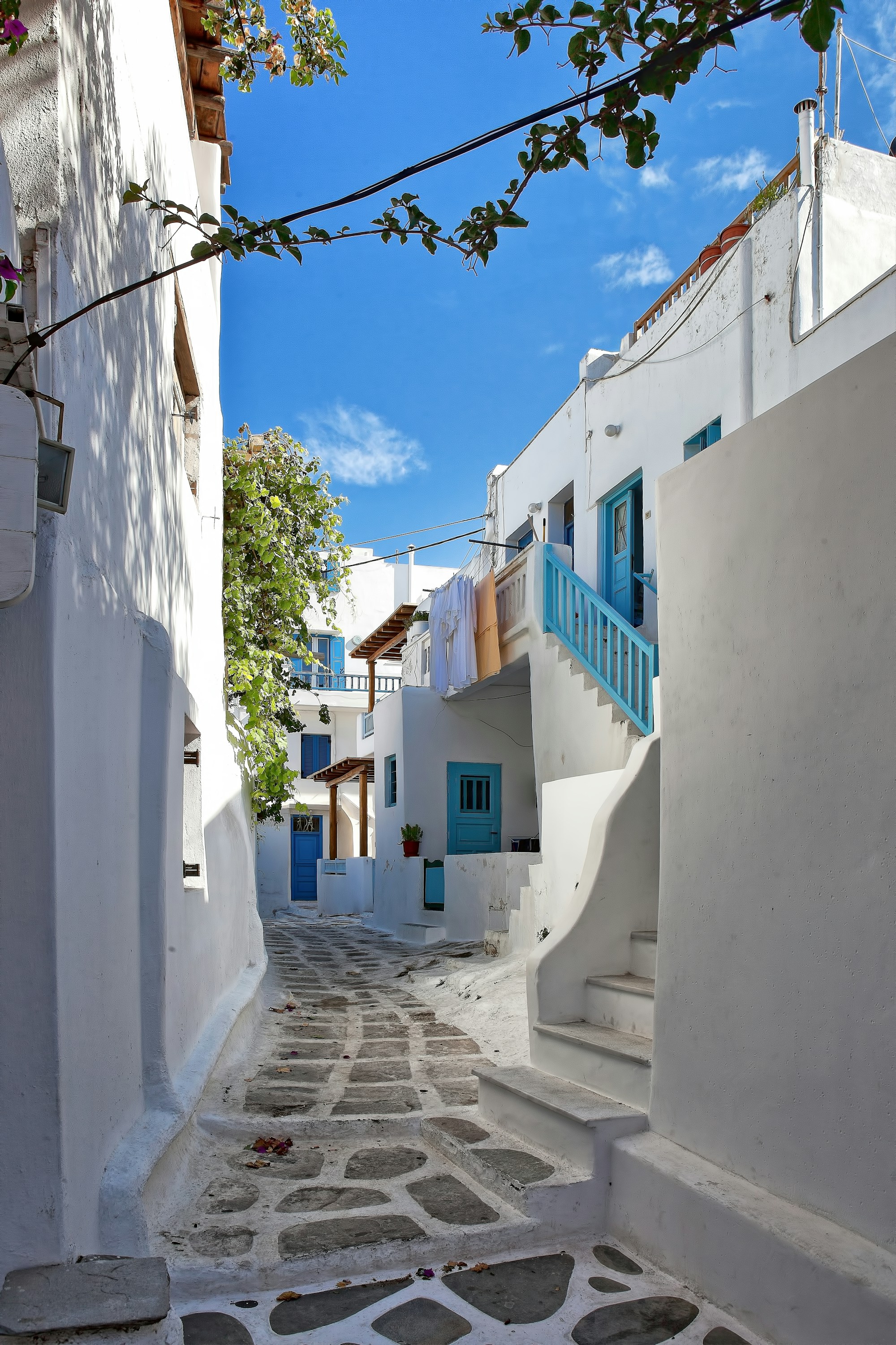Practical Mykonos Travel Guide: Attractions and Tips
Explore Mykonos: dazzling beaches, iconic windmills, vibrant nightlife. Your practical guide to Greek paradise. Travel tips and attractions within.

Introduction to Mykonos
Mykonos, located in the Aegean Sea, is one of the most famous Greek islands, largely due to its vibrant nightlife and stunning beaches. However, Mykonos also has a rich history and a unique local culture that add a timeless charm to this glamorous island.
Historical Context
Mykonos has a long historical lineage that dates back to around 2000 BC. The island was, according to mythology, named after Mykons, the grandson of God Apollo. In the past, it was a strategic location for Romans and was later occupied by Venetians and Ottomans. Now, the island's history is chronicled in its well-preserved architecture and fascinating museums.
Cultural Practices
Despite its cosmopolitan nature, Mykonos retains a deep cultural character. This can be seen in the architecture of the houses, the white-washed streets, and the iconic windmills. Not to overlook the local customs, one of which is the ‘panigiria’ – local festivals celebrating patron saints with copious amounts of food, traditional music, and dance.
Festivals and Events
- Easter: This is the most important religious event in Greece, and Mykonos celebrates it with grandeur.
- Summer Festival: A series of cultural events including concerts, theatre performances and art exhibitions that take place throughout the summer.
- The Harvest Festival: Hosted in autumn, it celebrates the grape harvest with wine tastings and local food.
Local Anecdotes
Mykonos, locally known as ‘The Island of the Winds’, is famous for its iconic windmills that were built by the Venetians in the 16th century to mill wheat. In fact, the island once had up to 30 active windmills. However, today, only seven remain on a hill near Mykonos town, becoming one of the island's most recognized landmarks.
Interesting Facts
Mykonos is the alleged birthplace of the twin gods Apollo and Artemis. The island also appeals to bird watchers as it's home to a variety of bird species. Interestingly, Mykonos has a population of approx. 10,000 people but receives over a million tourists each year generally, showing its huge popularity amongst globetrotters.
Attractions
Here are a few must-visit attractions:
- Windmills: The symbol of Mykonos, these iconic structures provide an enchanting view, especially during sunset.
- Panagia Paraportiani: A beautiful church with an iconic architectural style, located in the neighbourhood of Kastro.
- Delos Island: A nearby archaeological site that was, according to myth, the birthplace of Apollo and Artemis.
- Little Venice: A picturesque neighbourhood with colourful houses by the sea, perfect for a leisurely stroll.
Conclusion
Mykonos is a captivating blend of vibrant nightlife, beautiful beaches, rich history and culture, making it one of Greece's top tourist destinations. Before visiting, aim to understand some of the local customs and history to truly appreciate the charm of Mykonos.
